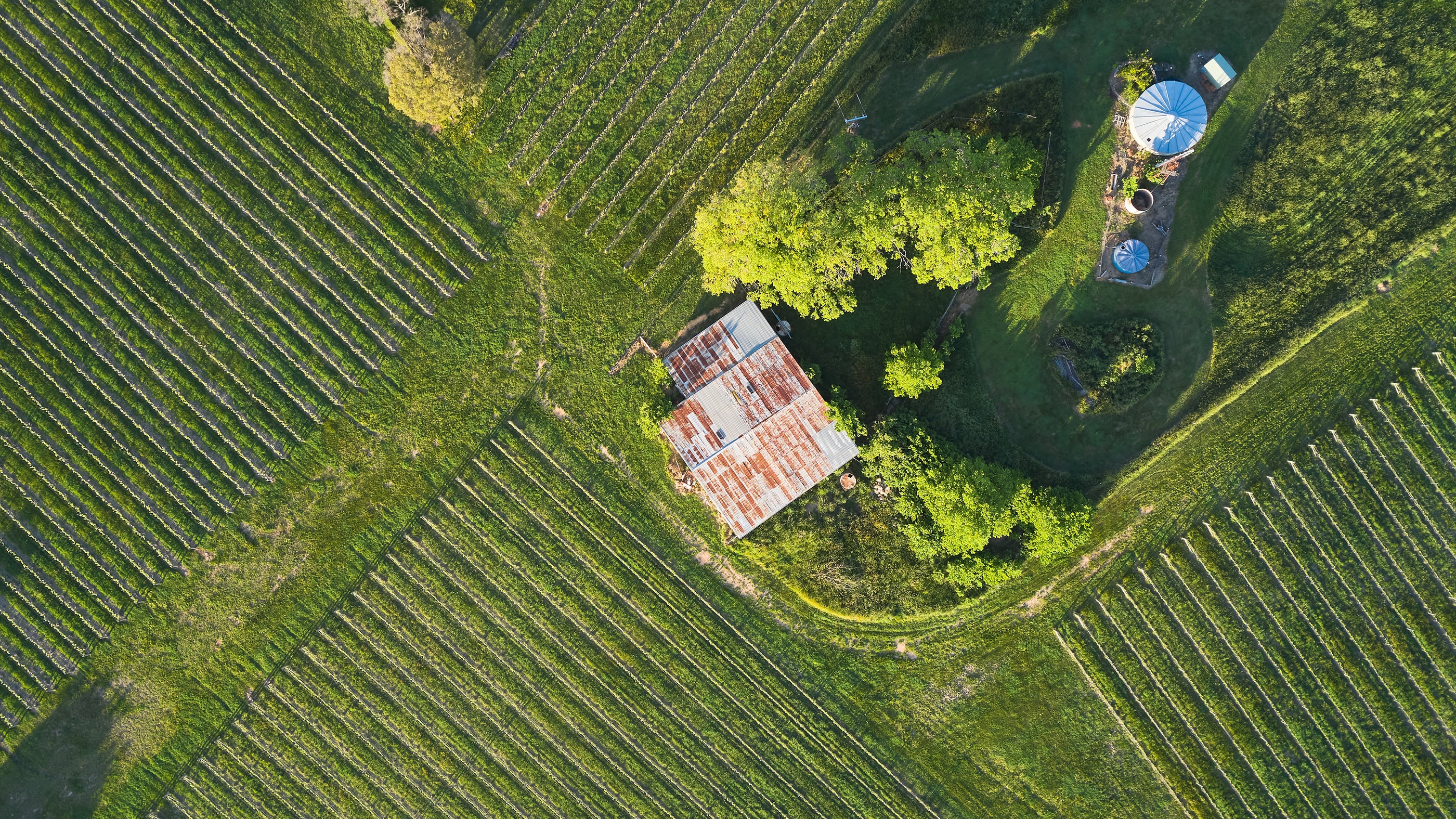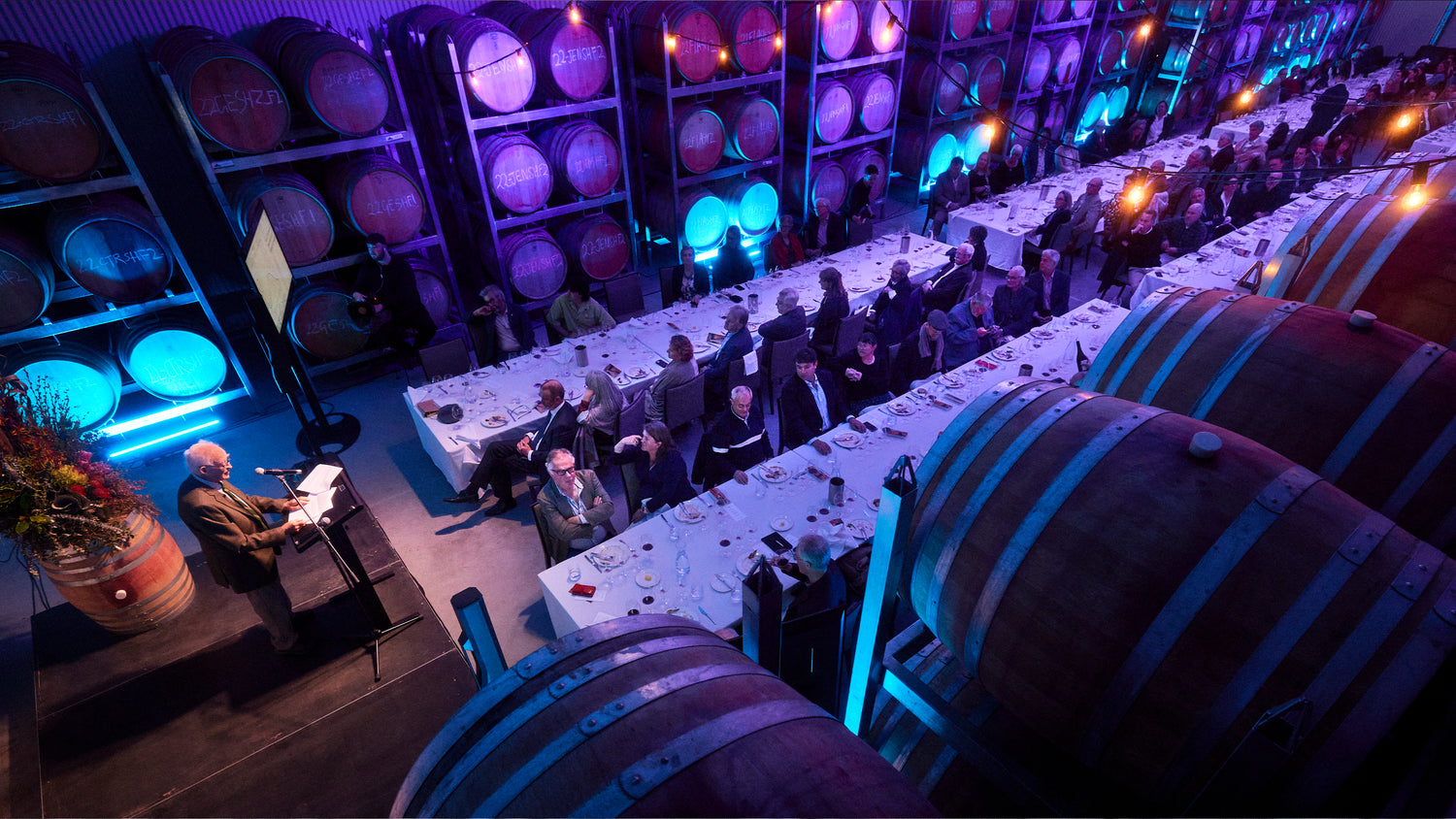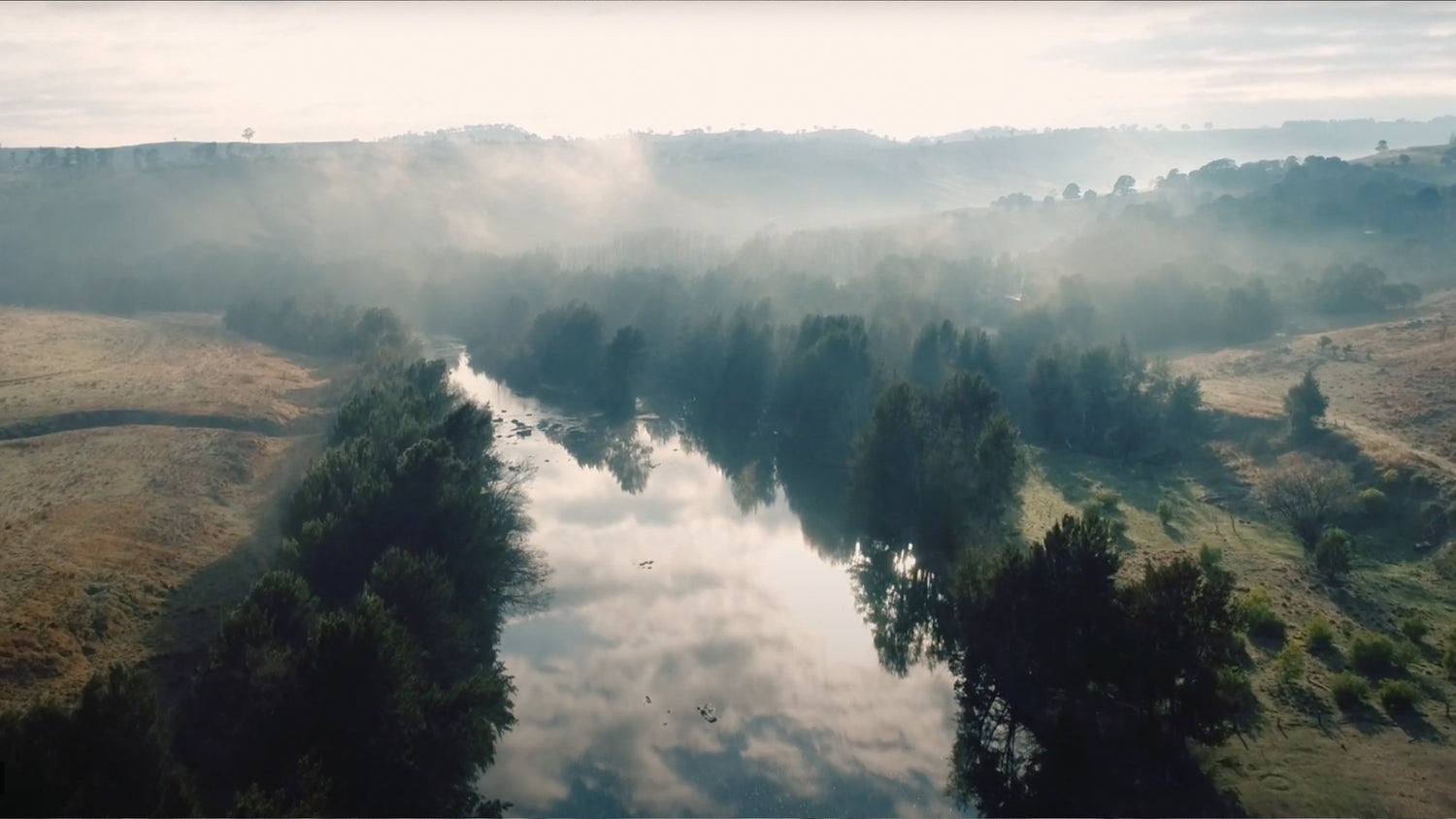A legend because… The style of Shiraz that blends, and usually co-ferments with Viognier is an established, if not historically accurate, tribute to Syrah from Côte-Rôtie. Not everyone admires the style, but most would agree that no Australian winery makes a better version than Clonakilla. Most vintages through the 1990s received high critical acclaim, from show judges and wine guides, and the 2001 came to be regarded as one of Clonakilla’s most outstanding.
Looking back
The Kirk family arrived in Australia from Ireland in 1968, and three years later the biochemist John Kirk planted a vineyard in Murrumbateman, 40km north of Canberra. The property took its name from the family farm in Ireland’s County Clare. The first commercial wines (and the first for any in this region) were made in 1976. Viognier was first planted in 1986, when it was still seen as a rare, exotic variety. Throughout the 1980s Clonakilla Shiraz was blended with Cabernet Sauvignon, but after visiting the Rhône in 1991, Tim Kirk resolved to model the wine on Guigal’s single-vineyard blends he’d tasted from barrel. The first Clonakilla Shiraz-Viognier was made in 1992.
The vintage
2001 was a warm year that gave a good growing season without disease pressure, and harvest for this wine took place from 31 March to 10 April. Although the crop was large, the wines show rich flavours and good concentration.
The terroir
The soil at Murrumbateman is sandy clay-loam, over a layer of friable red clay, which sits on a subsoil of decomposed dacite. By Australian standards the climate here is cool, as the vineyards lie at 600m. The Kirk family gradually increased the area under vine, planting more Shiraz and Viognier between 1993 and 2007, until it reached today’s 13.5ha. The cool climate brings out the spicy red fruit and floral character of Shiraz, though the profile inevitably varies according to vintage conditions.
The wine
In 2001 a third of the Shiraz went into the fermenters as whole bunches. Lightly crushed Viognier grapes were added and then covered with destemmed Shiraz. The gradual release of juice as the bunches broke down through the course of the fermentation prolonged the process and moderated the rising temperatures. There were three punchdowns daily. After a short post-fermentation soak, the wine was run into fine-grained French oak barrels, of which one-third were new, for 12 months. Kirk is aware that an excess of Viognier can impart a blowsy apricot sheen to the blend, which he is keen to avoid, and he also steers clear of a pronounced oaky character to the wine.
The reaction
In the 2002 Penguin Good Australian Wine Guide, Huon Hooke and Ralph Kyte-Powell named the wine Best Red and Wine of the Year:
‘This could be the best yet in a very distinguished line. Tremendously intense and alive, with great elegance and power.’
In the same year Max Allen in Decanter declared it a:
"new benchmark for cooler-climate Australian Shiraz, and a serious rival for the classiest Côte-Rôtie."
In 2009 on jancisrobinson.com, Julia Harding wrote:
"Apricots on the palate as well as on the nose. fione and tight and superbly structured. Scented, floral, peppery aftertaste with beautiful finesse and length."
In 2014 Lisa Perroti-Brown of The Wine Advocate wrote:
"Lovely creme de cassis, prune and pot pourri notes allied to hints of dried Provence herbs, tobacco and game. Crisp and structured by medium-level, chewy tannins…a stemmy character to the fleshy palate and finishes long, earthy and savoury.”
Written by: Stephen Brook
The facts:
Bottles produced: 10,700
Composition: 93% Shiraz, 7% Viognier
Yield: 50hl/ha
Alcohol: 14.1%


